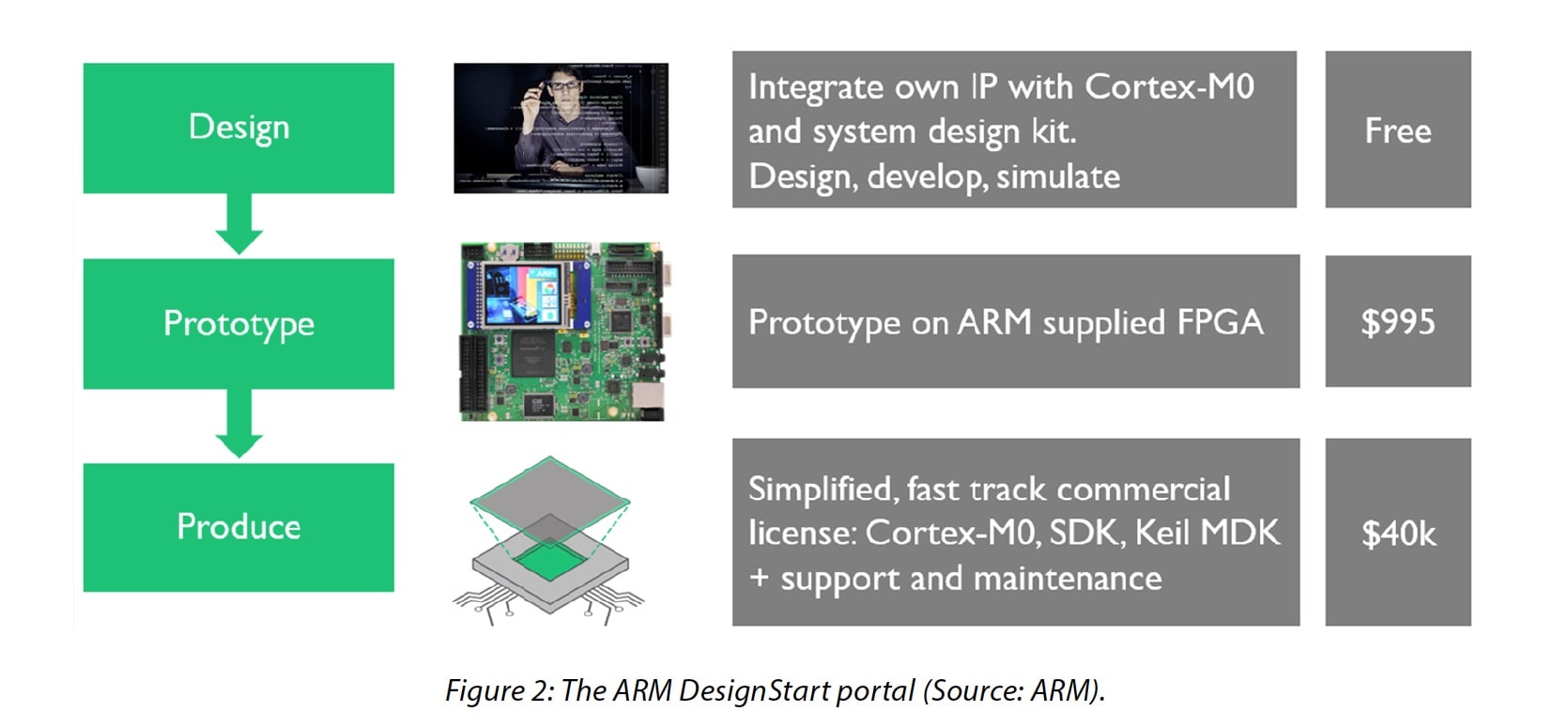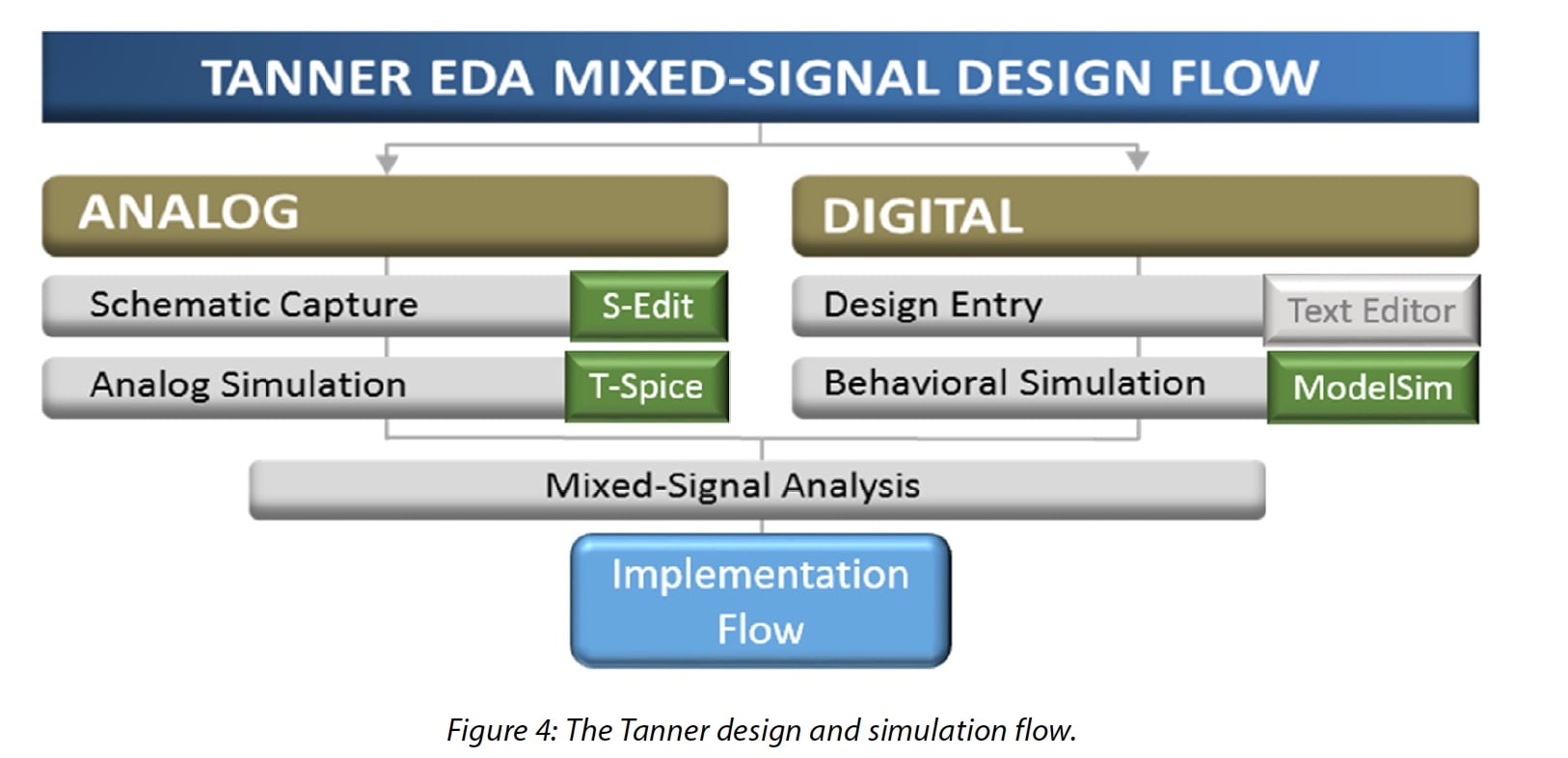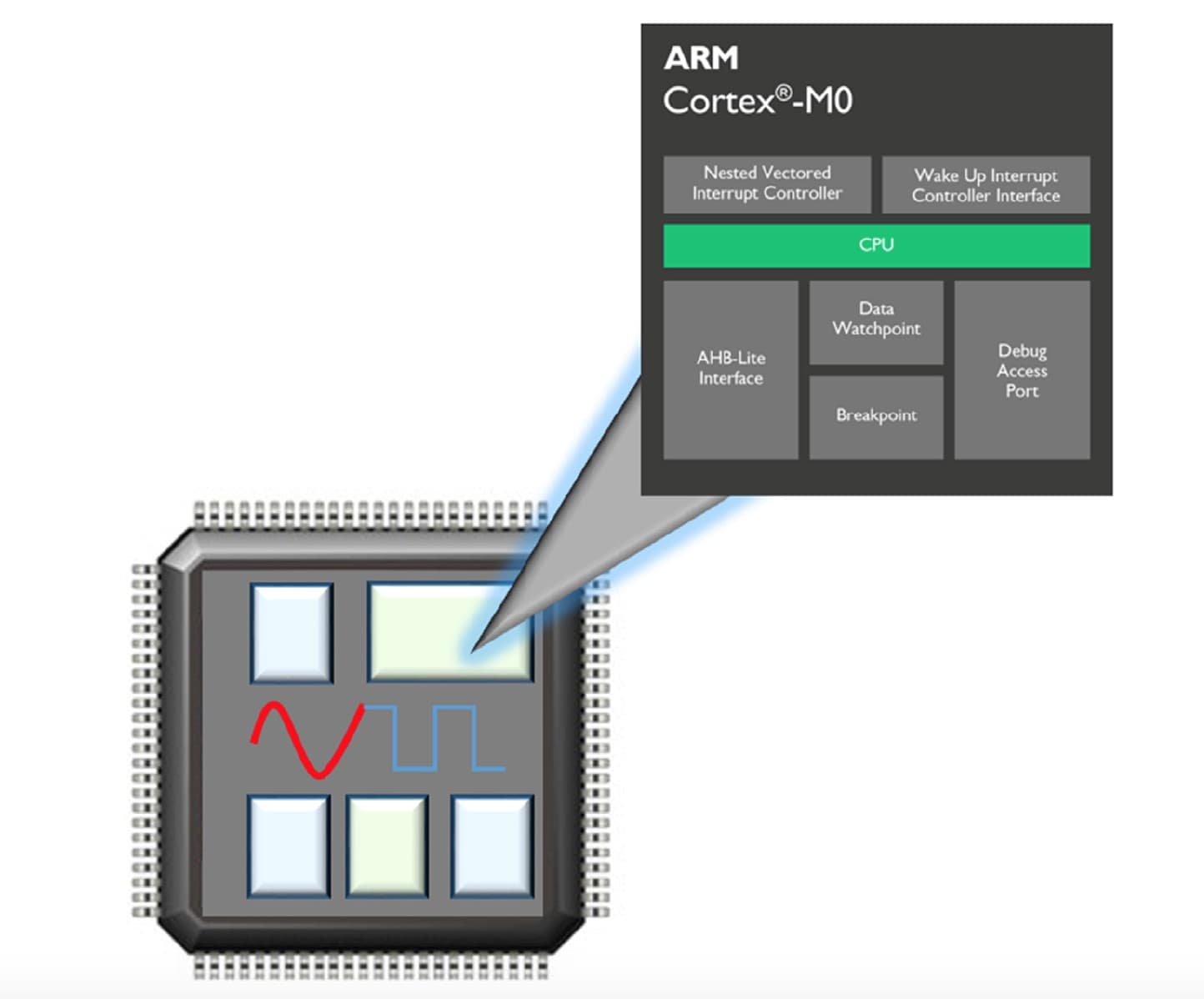In the wake of the many mega mergers and consolidation in the semiconductor and electronics space, it is easy to say that opportunities for smaller companies are shrinking. Indeed, quite the opposite might be true. The larger companies, like Broadcom, ARM, Qualcomm, Analog Devices, Microchip, Maxim and Infineon (to name a few) are cranking out building blocks that actually make it easier to make innovative new consumer and industrial products. This in turn has fueled a large growth in small nimble companies that are building products for health, home security, home automation, automotive, convenience, recreation and other consumer oriented applications.
Most of these products are connected, contain a processor and have multiple sensors, user interface elements and actuators. Or in other words they fit into the category of Internet of Things edge devices. What is compelling about these products is that they are in many ways returning the power of product development to individuals and small teams. I always conjure up Edison, Bell or Tesla working in their shop in my mind when I think of today’s innovators.
What does it take to build an IoT edge device product? It’s one thing to talk about designing a new product and another to pull everything together to make it happen. If, as like with many small teams, there are time and money constraints, it can be trickier than it sounds. A lot of teams opt for buying discrete chips and building a board to get to market. While it is a quicker path in some cases, it brings with it many limitations – larger foot print, higher unit costs, reliability issues, shorter battery life, etc. What is often needed for a long term competitive win in the marketplace is a custom SOC for the product.
It used to be that for a small company or team, the dream of building a custom SOC was a bridge too far. Fortunately, it’s not just the hardware companies that are assembling powerful options for product development – Mentor Graphics has put together an array of technologies to facilitate the migration from a board based system level design to an SOC based design.
Mentor comes at the problem with a unique set of resources that create a complete solution for every aspect of the design problem: digital IP, logic design and prototype tools, analog design tools, embedded OS and software development tools, and simulation solutions to enable component and system verification.
Mentor is touting its “Rapid SoC Proof-of-Concept for Zero Cost” idea and it has some very interesting features. It starts with free access to IP models and integration tools for the ARM Cortex-M0. The M0 is an ideal choice because of its low power consumption and advanced 32 bit architecture. Along with this comes a low cost and no-hassle commercial licensing model when it is time to have it fabricated. Also for the glue logic, there is a $995 FPGA prototype board option that allows rapid prototyping on real hardware.

Mentor is also going out with a 30 day free evaluation license for Tanner EDA tools to design and simulate a proof of concept SoC. The Tanner EDA tools provide a mixed signal front end solution with schematic capture, analog simulation and digital design entry and behavioral simulation. There is a mixed signal simulation capability for verification of the entire design.

Software for the SOC can be developed with the ARM Keil MDK-Lite software development toolkit. This is part of the Cortex-M0 DesignStart package mentioned above. Once the proof of concept is fully developed and verified, it is easy to move to full physical implementation using the rest of the Mentor flow. Mentor has published a white paper providing much more detail on the entire process.

It’s gratifying to see that there are feasible avenues for teams with great ideas to get through the complex development process required for delivering new products. I always harken back to Maker movement for the roots of the notion that development tools and building blocks can and should be readily available to those who want to build things. After all, who knows where the next Edison, Bell or Telsa is going to come from.
Share this post via:






Comments
0 Replies to “Unlocking Access to SOC’s for IoT Edge Product Developers”
You must register or log in to view/post comments.